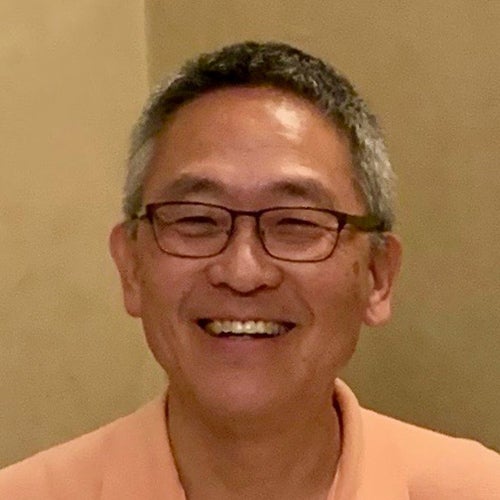- Professor of Oceanography
- Physical Oceanography
- Phone: 401.874.6509
- Email: tetsuhara@uri.edu
- Office Location: 218 Watkins Laboratory
- Website
- Accepting Students: Not at this time
Biography
Dr. Tetsu Hara has a solid background in civil engineering but his life-long fascination with ocean surface waves brought him to GSO as a professor of oceanography.
Having earned his doctorate in civil engineering at MIT, Hara landed a postdoc position at Woods Hole Oceanographic Institution, which wanted more research into the physics involved in the interface between the ocean surface and the atmosphere.
In 1992, he came to GSO and has been concentrating pretty much in the same field—“looking at ocean waves and the impact on the atmosphere.”
At GSO, Hara’s chief collaborator is Dr. Isaac Ginis in the study of tropical cyclones, specifically the heat and momentum exchanges that are key to hurricane prediction. “We realize that the conditions on the sea surface actually control the gas exchange.”
Sea surface conditions can be detected by certain satellites that can measure wave height but not everything about hurricanes can be garnered so easily. “The amount of heat flux cannot be measured as well,” he says, adding that much of the work he does is via modeling.
Predicting the intensity of a hurricane is “much more difficult than predicting the track—things change all the time and the processes that drive those changes are not well understood,” says Hara.
With the advent of tremendous amounts of climate change research there is more interest in the seascape, says Hara. “No one cared about the surface waves until now. People realize now that ocean mixing is controlled by the seascape not just the wind. Most of the time when the wind is strong, the waves are bigger but sometimes there is a discrepancy between the winds and waves—sometimes the winds are strong but the waves are small and that’s when things get interesting.”
Hara says he has always been interested in trying to understand ocean turbulence. He entered engineering in the first place in part by family influence. “My father was an engineer type and I was always interested in the natural processes that are happening.”
Hara came to the U.S. in 1984 as an exchange student “and I decided to stay longer.”
Hara says he is quite happy at GSO but along with his colleagues he shares concern about declining research funding.
Research
Air-sea exchange and heat transport, Air-Sea interaction, Climate change, Climate change and ocean circulation, Coastal erosion, Engineering, Hurricane, Hurricane intensity, Mixing, Numerical modeling of mixing and circulation, Ocean dynamics, Ocean turbulence, Ocean-atmosphere dynamic systems, Tropical cyclone intensity, Turbulence and dispersion, Waves
Dr. Hara’s research deals with turbulence in the ocean and how it influences other ocean processes. Turbulence is a universal and fundamental process at the air/sea interface. Its properties can be applied to many processes happening in the ocean and local waters from tropical cyclone systems (hurricanes) to estuaries. So the research has a large potential.
His current research interests include generation, evolution, and breaking of ocean surface waves, sea spray and bubbles, and mass, heat, energy, and momentum fluxes at the air-sea interface. He also researches the impact of air-sea fluxes on tropical cyclone predictions.
Tetsu Hara teaches undergraduate and graduate courses on geophysical fluid dynamicsm, air-sea interaction, and surface waves and storm surge modeling.
Education
- Ph.D. Civil Engineering, Massachusetts Institute of Technology, 1990
- M.S. Civil Engineering, University of Tokyo, 1986
- B.S. Civil Engineering, University of Tokyo, 1983
Tetsu Hara teaches undergraduate and graduate courses on geophysical fluid dynamicsm, air-sea interaction, and surface waves and storm surge modeling.

